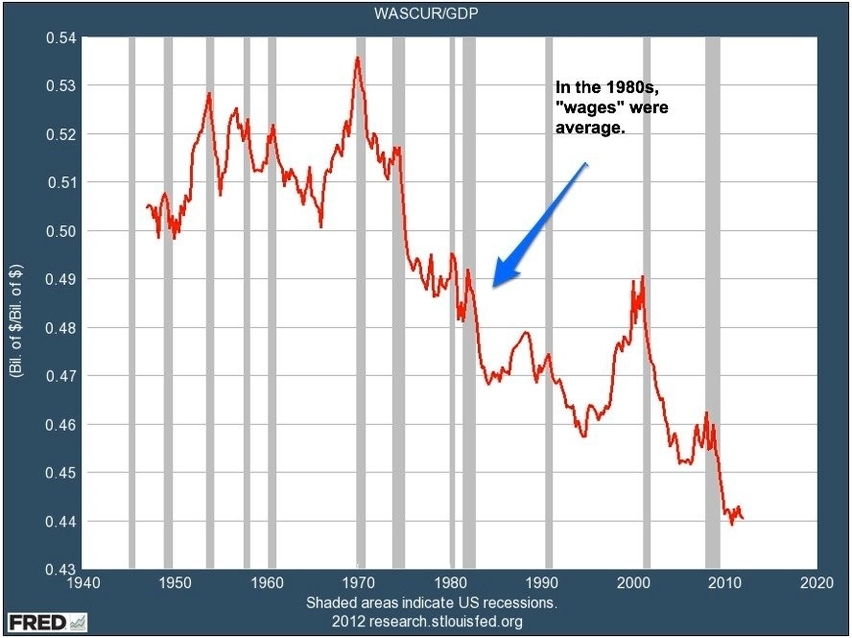
The circular flow of income and expenditure is a fundamental concept in economics that describes the flow of money and goods between households, firms, governments, and foreign countries. The model is based on the idea that the economy is a closed system, where all resources are used to produce goods and services that are exchanged between different sectors of the economy.
The circular flow model is divided into four sectors: households, firms, government, and foreign. Households are the consumers of goods and services, while firms are the producers. The government sector includes all levels of government, from local to national, and foreign sector includes all foreign countries with which the economy interacts.
The model shows how money and goods flow between these sectors. Households supply labor and other resources to firms, which use them to produce goods and services. Firms then sell these goods and services to households, who use them for consumption. In return, households pay firms for the goods and services they consume. This creates a circular flow of money and goods between households and firms.
The government sector also plays an important role in the circular flow model. Governments collect taxes from households and firms, which they use to provide public goods and services such as roads, schools, and hospitals. They also regulate the economy by setting policies such as interest rates and taxes. In addition, the government sector can also borrow money from households and firms to finance its activities.
Finally, the foreign sector is an important part of the circular flow model. Countries trade goods and services with each other, and this trade is facilitated by the exchange of currencies. When a country exports goods and services, it receives money from foreign countries, which it can use to buy goods and services from other countries. This creates a circular flow of money and goods between countries.
The circular flow model is useful for understanding how the economy works and how different sectors of the economy interact with each other. It can also be used to analyze the effects of different policies on the economy. For example, if the government increases taxes, this will reduce the amount of money households and firms have to spend, which can lead to a decrease in economic activity. Similarly, if the government increases spending on public goods and services, this can stimulate economic activity by creating jobs and increasing demand for goods and services.
